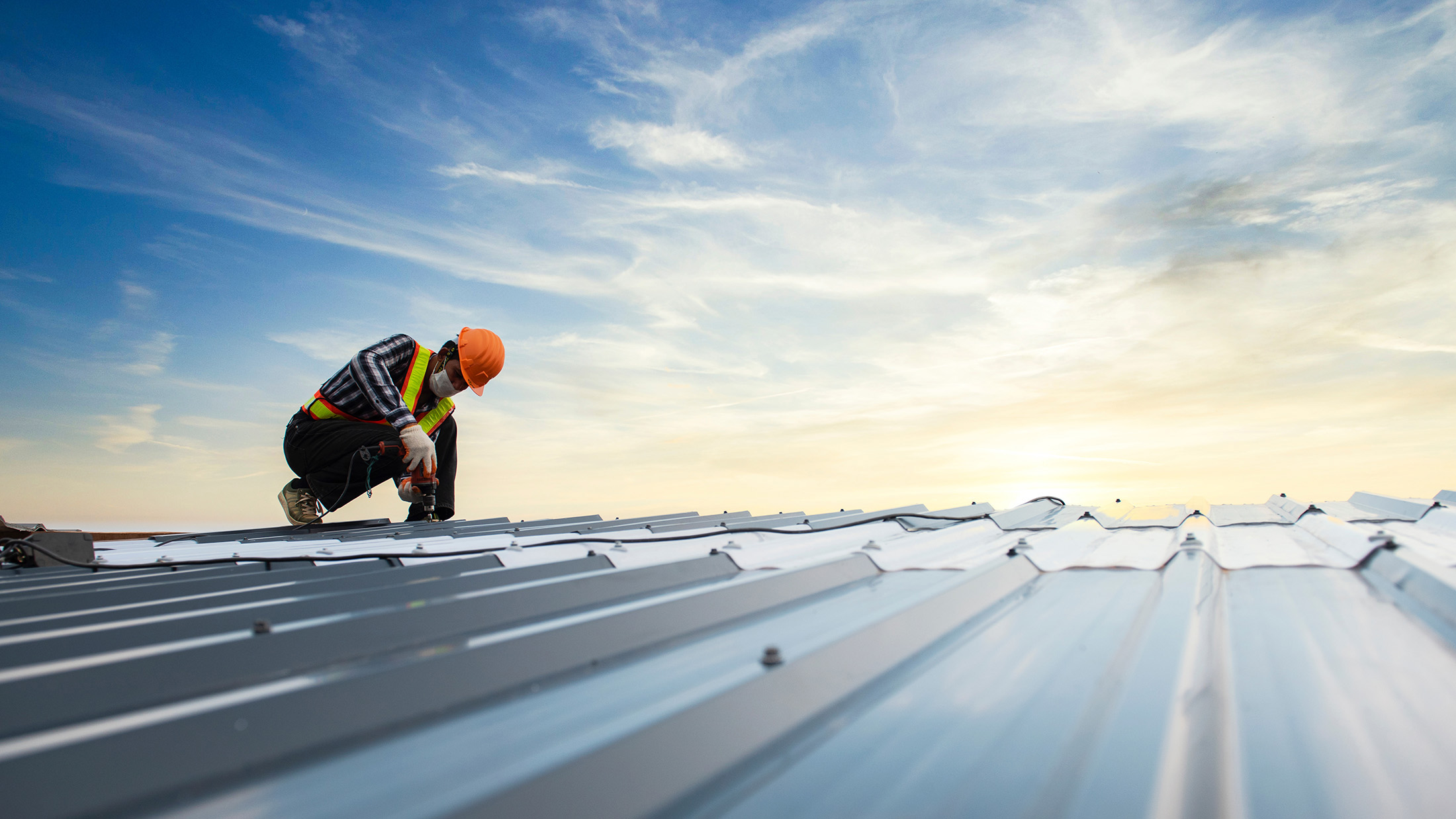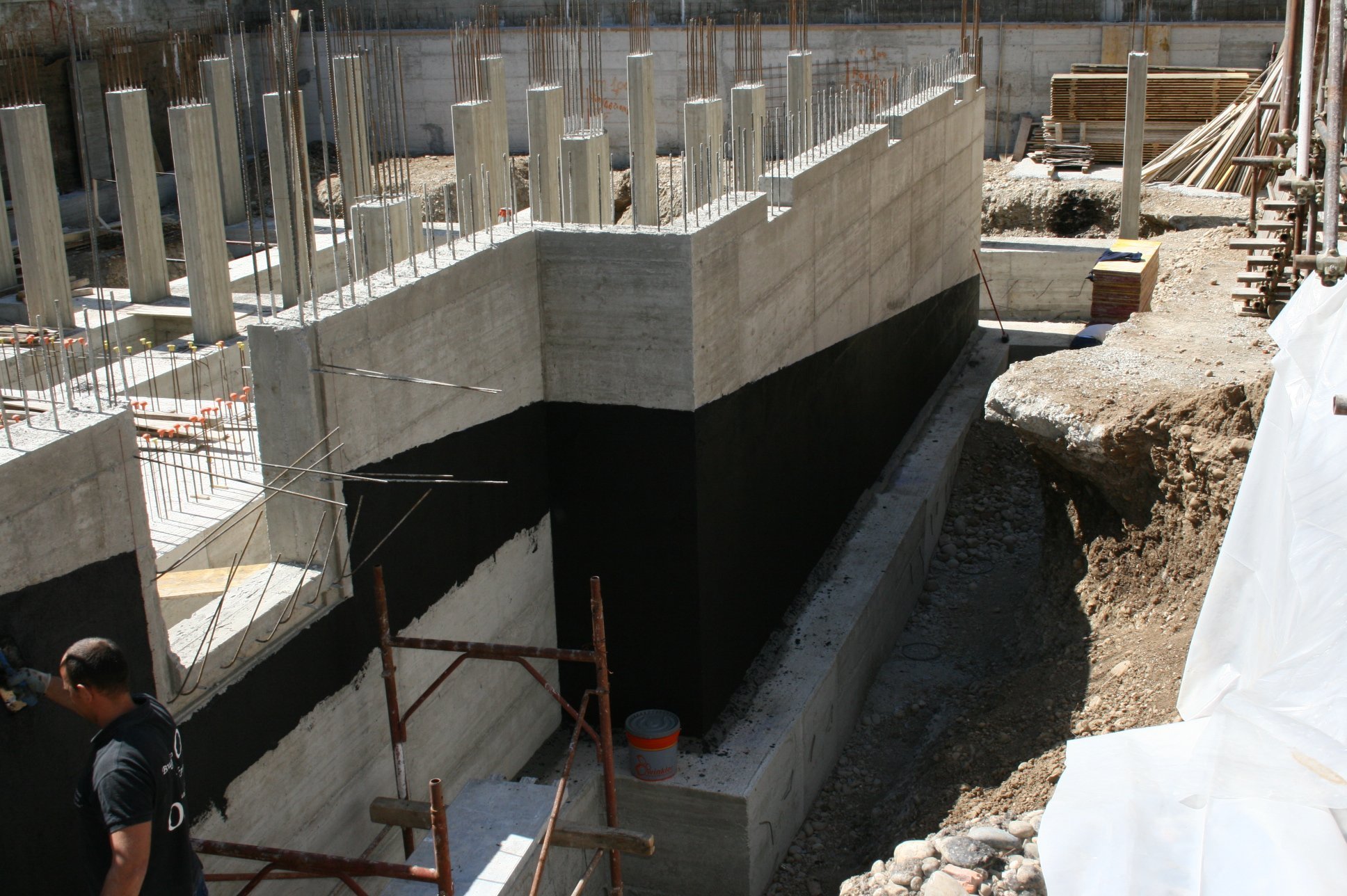Sump pump installation & replacement Omaha: A Homeowner’s Checklist
Wiki Article
Kinds of Waterproofing: Exploring the Different Approaches and Their Applications
Waterproofing is an important facet of building and upkeep. It safeguards structures from the detrimental results of water damage. There are several approaches offered, each with its unique applications and advantages. From membrane systems to cementitious solutions, recognizing these choices is necessary for reliable application. The option of waterproofing method can greatly affect resilience and durability. Exploring these different strategies discloses their distinctive benefits and prospective challenges, motivating additional consideration of excellent services.Membrane Waterproofing Solutions
Membrane waterproofing systems serve as a vital barrier against water intrusion in various frameworks. These systems typically are composed of slim sheets made from products like rubber, thermoplastic, or asphalt, which are used to surfaces to stop dampness penetration. They can be mounted above or listed below quality and are especially reliable in locations prone to high water exposure, such as cellars, roofs, and foundations.The installment process includes cleaning the substratum, applying adhesives or primers, and precisely fitting the membrane to guarantee complete coverage. Membrane layer systems can be either fully stuck, mechanically attached, or laid loose, relying on the specific needs of the job. They offer toughness and flexibility, accommodating structural movements without jeopardizing their waterproofing capabilities. Furthermore, these systems can be reinforced with additional layers for boosted security. Ultimately, membrane layer waterproofing systems are vital for guarding structures against water damages and maintaining long-lasting honesty.Liquid-Applied Waterproofing Coatings
Liquid-applied waterproofing finishings give a functional remedy for securing surfaces from water infiltration - Basement waterproofing Omaha. These coverings include fluid products that, when applied, form a smooth, versatile membrane layer. Their adaptability enables application on different substrates, consisting of concrete, metal, and timber. The coverings can be used in varied settings, from household to industrial setups, making them ideal for roof coverings, foundations, and below-grade structures.One significant benefit of liquid-applied coverings is their capacity to conform to uneven shapes and penetrate fractures, creating a durable barrier against wetness. They typically show superb attachment residential properties and resistance to UV radiation, making sure durability and sturdiness. In addition, the application procedure is generally uncomplicated, enabling quick setup and reduced labor costs. This approach additionally lessens the danger of water pooling, as the continual layer successfully directs water far from at risk locations. On the whole, liquid-applied waterproofing coverings are an effective selection for complete water securityCementitious Waterproofing Solutions

Cementitious waterproofing remedies use a robust alternative for structures requiring reputable moisture security. These systems mostly use a mix of concrete, sand, and chemical ingredients to produce a water resistant obstacle. They are often put on surfaces such as concrete walls, structures, and floorings, supplying a long lasting, resilient defense against water intrusion.One of the key advantages of cementitious waterproofing is its ease of application; it can be used utilizing a brush, roller, or spray, making it ideal for numerous job sizes. Additionally, this approach is suitable with lots of surface areas and can frequently be made use of in conjunction with various other waterproofing techniques.Cementitious remedies are especially efficient in settings where water direct exposure is a concern, such as cellars or below-grade structures. Their exceptional adhesion homes ensure that they bond well with substratums, giving a solid and nonporous layer against wetness penetration.
Bentonite Waterproofing
Bentonite waterproofing is an extremely efficient approach that makes use of sodium bentonite clay to develop a natural obstacle against water. This technique manipulates the unique residential properties of bentonite, which expands upon call with water, sealing any type of prospective leakages and avoiding moisture seepage. It is typically used in various applications, including structure walls, passages, and maintaining wall surfaces, where water resistance is essential.Bentonite can be used in numerous forms, such as panels or blankets, giving adaptability in installment. Its capacity to self-seal makes it an appealing alternative for areas based on shifting soil or fluctuating water levels. In addition, bentonite waterproofing is environmentally friendly, as it is an all-natural material that does not introduce harmful chemicals into the environments.Water Drainage and Exterior Waterproofing Equipments
Reliable waterproofing usually entails a mix of methods, including water drainage and external systems. Drainage systems, such as French drains pipes and sump pumps, are made to reroute water away from structures, decreasing hydrostatic stress versus structures. These systems are essential in stopping water Sump pump installation & replacement Omaha build-up that can lead to architectural damage and mold growth.External waterproofing, on the various other hand, involves applying protective obstacles to the structure's outside. Strategies such as the installation of water resistant membranes, finishes, or sealants can assist prevent water infiltration. This approach not just shields the structure however likewise improves the general longevity of the structure.Together, drain and exterior waterproofing systems develop a thorough remedy to handle water properly. By implementing these methods, building proprietors can secure their investments against the damaging impacts of dampness, making certain long-lasting stability and safety and security for their buildings.Regularly Asked Questions
How Do I Pick the Right Waterproofing Method for My Job?
Picking the right waterproofing technique depends on elements such as job kind, environmental conditions, budget, and wanted long life. Examining these elements permits notified decisions tailored to specific needs and requirements.
Can Waterproofing Be Applied in Cold Weather Condition Issues?
Waterproofing can be applied in cool weather conditions, yet it needs specific products and strategies. Cold temperature levels might influence curing times and adhesion, requiring mindful choice of items designed for low-temperature application.
What Are the Common Indicators of Waterproofing Failing?
Typical indications of waterproofing failing include visible water stains, peeling off paint, damp smells, mold growth, and splits in walls or foundations. Basement waterproofing Omaha. These signs recommend that dampness is permeating the obstacle, compromising its effectivenessHow Much Time Does Waterproofing Last Prior To Requiring Upkeep?
The long life of waterproofing varies, normally lasting in between 5 to 10 years. Elements such as worldly top quality, environmental problems, and maintenance methods affect its resilience, requiring regular inspections to guarantee reliable defense versus water intrusion.Are There Eco-Friendly Waterproofing Options Available?
The concern of eco-friendly waterproofing alternatives reveals an expanding interest in sustainable materials (Basement waterproofing Omaha). Numerous natural substances, such as plant-based sealants and recycled products, offer efficient remedies while minimizing environmental impact, appealing to eco aware customersReport this wiki page